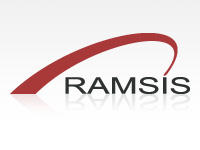Improve profitability by reducing product delays and engineering costs
Your customers demand connected, intelligent, almost instinctual electronic products to enable their work and delight their senses. Yet, delivering these products by multi-disciplinary mechatronics design teams requires extraordinary coordination of systems, electronics, mechanical, and software engineering. The development environment requires more than simple product lifecycle management tools. Diverse engineering work must be intelligently captured, coordinated, and shared in real-time with easy-to-understand and use interfaces. Different design goals, best practices, terminologies, specifications, and schedules must all be efficiently managed.
Smarter, Faster, Lighter integrates key design enablement solutions to provide a structured, integrated, yet flexible and modular collaborative development experience that ensures each engineer is 100% aware of their colleagues’ work with minimum effort. It helps accelerate product development cycles and minimize engineering costs, while improving product development capacity.
Smarter, Faster, Lighter Industry Solution Experience Benefits:
- Increase innovation potential by exploring substantially more design alternatives
- Minimize development time with up to 40% gains in design-engineering iterations
- Better control (of ) modification cost at any project stage
- Facilitate collaboration with your supply chain while preserving Intellectual Property (IP)
- Intensify IP sharing and re-use, to continuously deliver successful products











